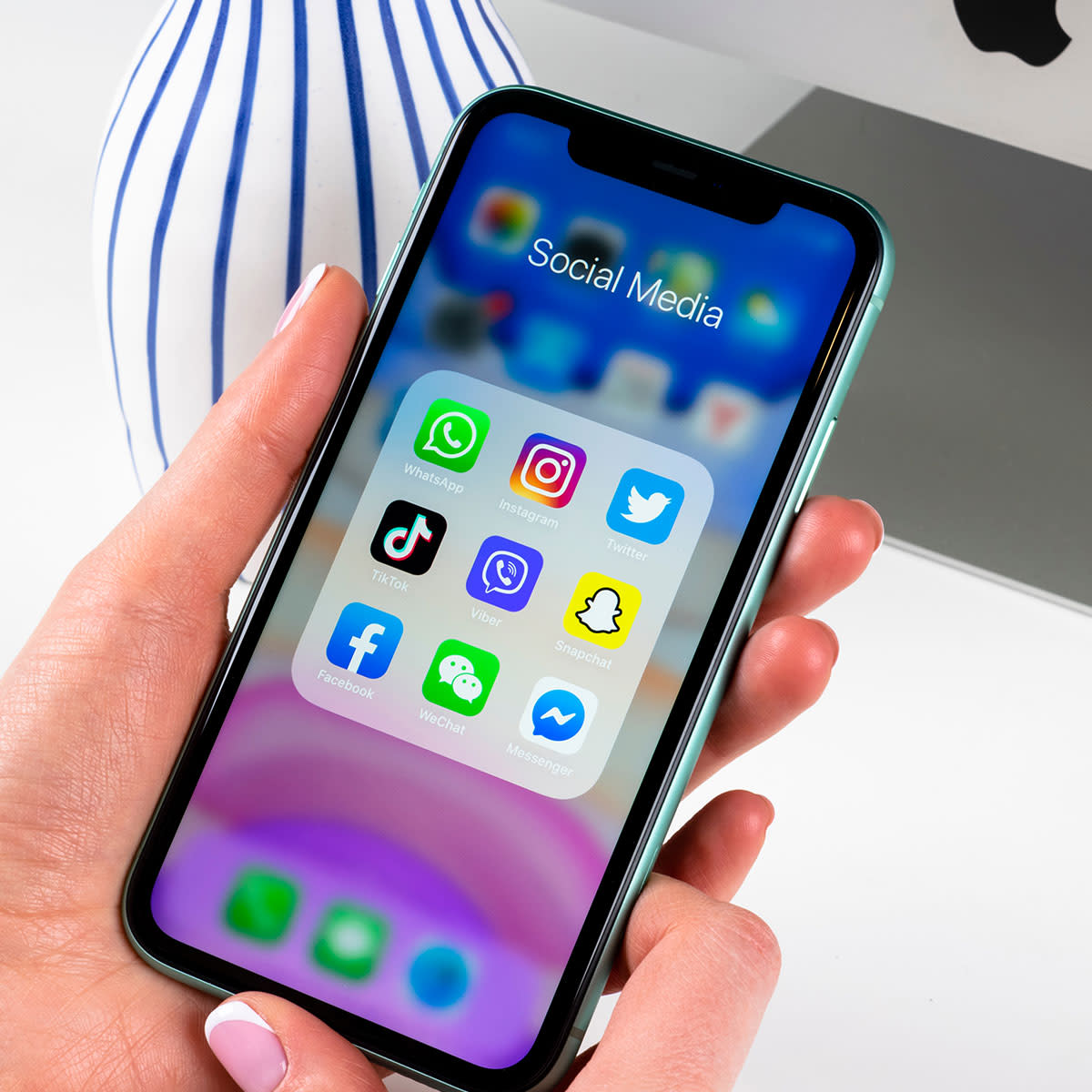The 5 Common Apps That Take Up The Most Storage On Apple Devices–We’re Deleting Them Immediately

This article has been updated since it originally published on March 5, 2023.
If you have storage problems on your iPhone the only true solution is to make changes to settings and take the loss and start deleting, deleting, deleting. But don’t worry: this doesn’t mean you have to get rid of all of your favorite apps or part ways with precious photos and videos you’ve been collecting over the years. In some cases, all it takes is a few simple adjustments to settings that could be consuming far more storage space than necessary on your phone. And, in other cases, yes — deleting some of the most storage-intensive apps will help free up space so that you can use your phone the way you want to.
Tech Expert Brandon King, founder of a tech startup, Home Security Heroes, says device storage usage depends on individual users. What takes up storage for one user won’t be the same thing that does so for another. But, with that said, there are three common apps that take up the most space on your Apple devices. If you’re fed up with a lack of storage, start here.
Photos App
Most people take many photos and videos on their iPhone or iPad, all stored in the Photos App, King points out. “By default, your iPhone camera records video at 60 frames per second (fps) at full 1080p HD,” he says. “This means a video you take with this resolution will consume 130 MB of space per video minute. Lower the resolution and adjust the frame rate to reduce the video file size significantly.”
Meanwhile, for photos, the Camera defaults to “Live,” which takes up more space because a live photo captures what happens just before and after you take your picture, including the audio. “When taking photos, you can turn this off to save space,” King says.
Another important tip is to move your most important photos and videos to the Cloud to ensure they are safely stored while also providing a way to free up more storage on your device.

Messaging Apps
You already guessed it: social media and messaging apps like WhatsApp, Facebook Messenger, Viber, or Telegram use a lot of storage, King confirms. “Most of these apps download shared photos and videos by default,” he says. “To save space, turn off default downloads and always clean up these apps' data and storage usage.”
Video Editing Apps
Video editing apps like Adobe Premiere Rush, iMovie, or Capcut for creating Tiktoks or short videos take up a lot of space, King says. That doesn’t mean you shouldn’t use them, of course, but it does mean it’s worth your while to save them someplace other than your on your phone and not hold onto them forevermore. “When you’ve finished your project, export your edited video and consider deleting the project file on these apps to save space,” King says.

Streaming Services
Streaming services like Netflix and Hulu are must-have apps for a lot of us because of all of the benefits they provide. But, in exchange for all of that great entertainment, your device is going to deal with a dwindling battery because it takes a lot of resources to stream content. You can lessen the impact of these apps by sticking to one or two that you like and deleting the rest. Also, be sure to keep a charger on hand when you watch your favorite movie — it’s difficult if not impossible to avoid the effect it will have on your battery.

Navigation Apps
Apps that have GPS, such as Google Maps and Apple Maps, are among the most important and convenient on our devices. But be aware that any app that tracks your locations and stores them is taking up storage space on your phone and using a lot of battery power. You probably don’t want to do away with all of your map apps, but choosing one that you trust and deleting the rest is a great way to gain back space and battery power.
You don’t have to put the brakes on your phone’s features to save storage — but making a few changes here and there can make a world of difference.

